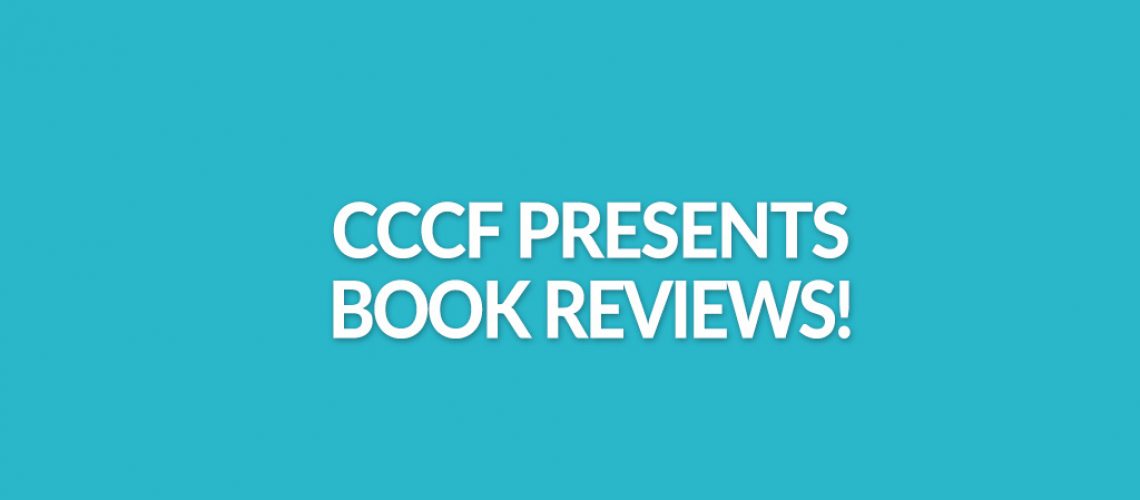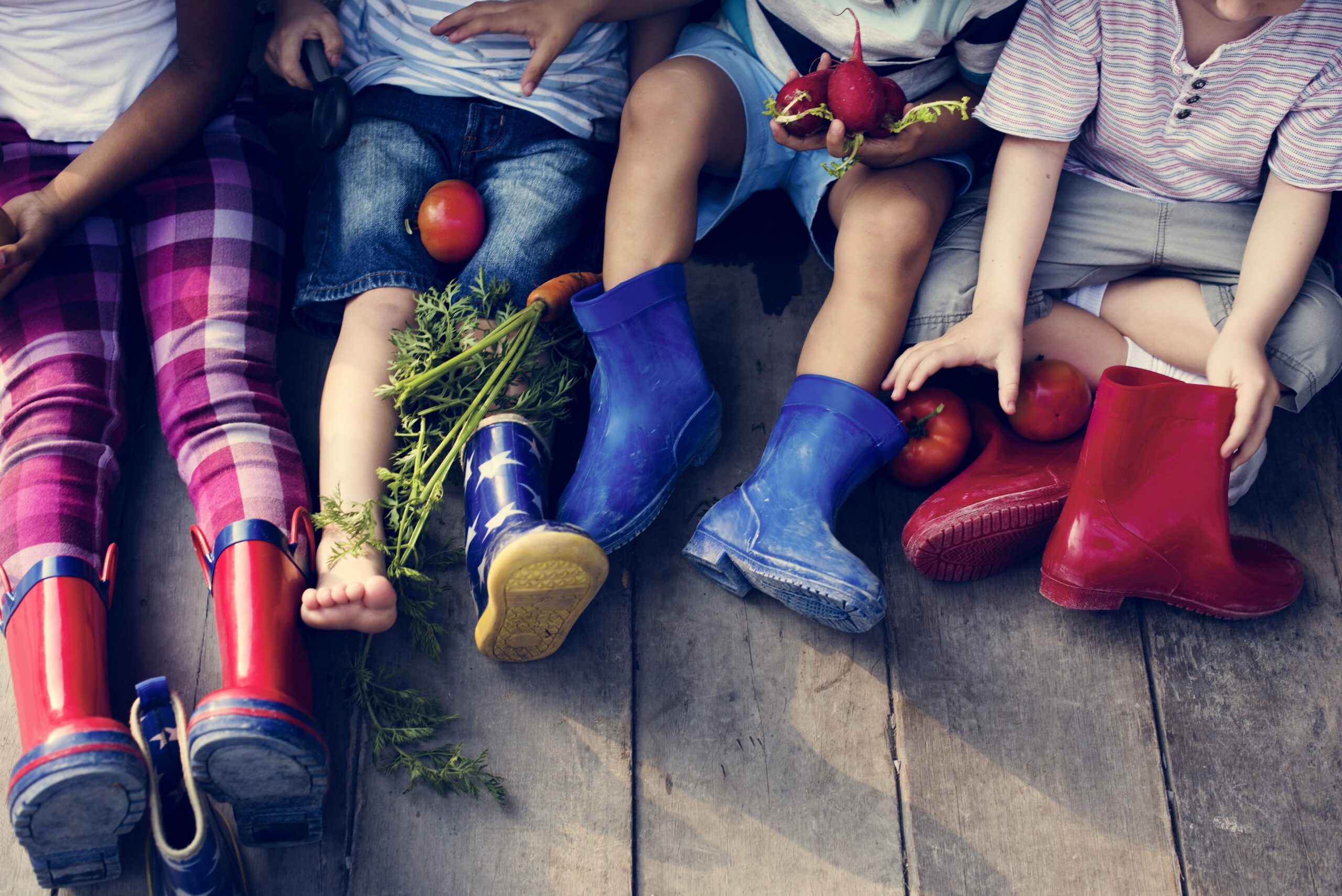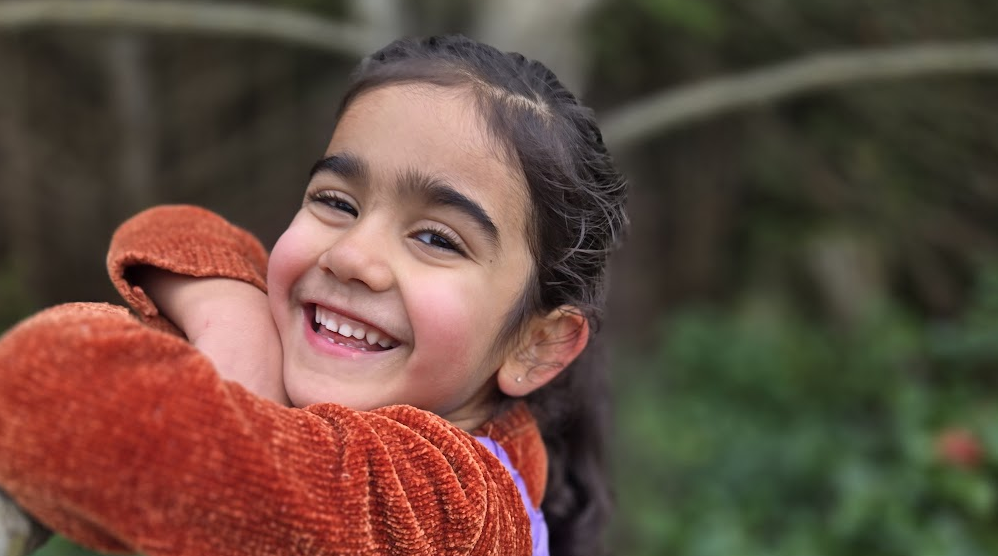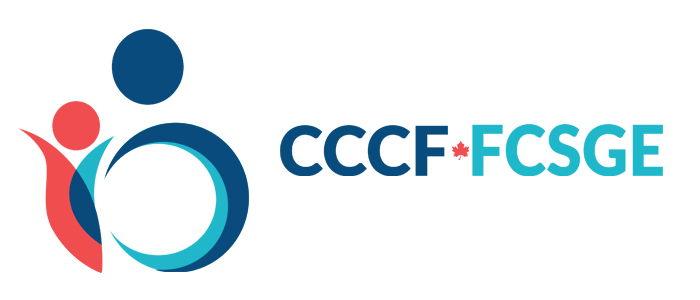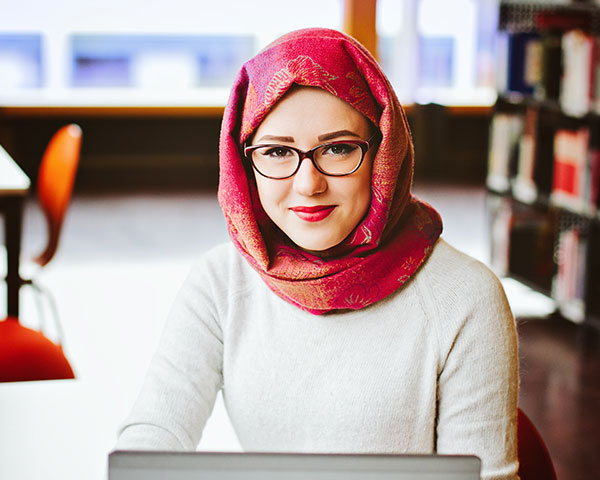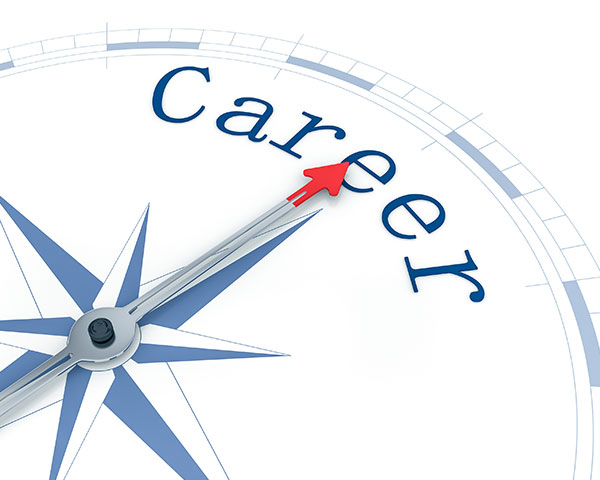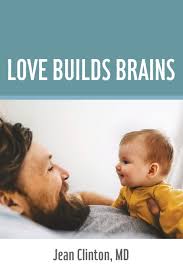
“Connect before you correct,” is coined by Dr. Jean Clinton, MD, a Clinical Professor in the Department of Psychiatry and Behavioural Neurosciences at McMaster University, Child Psychiatry. In her newest, book Love Builds Brains, she offers in plain language the most intuitive, wise advice from her long background in neuroscience and research in child development. Full of anecdotes and personal stories of children, family situations, societal and parental responses to children and child rearing, readers will explore attachment, self-regulation, connection, resilience and well being in early years development. Not stopping at the individual level, Dr. Clinton expands her findings and advice to advocate for better child and early years policy at community, governmental and international levels to drive in her message of how rich interaction and connection with children, and people as whole, build better brains, happier children and better societies.
Read more ece book reviews here
“I’d like people to recognize that relationships are at the heart of the matter; that making deposits in the “emotional bank account” between people is so important. If you have a deep account, when the inevitable “withdrawals” have to happen, you remain rich in connection,”
— Jean Clinton, MD
Author Interview:
Dr Jean Clinton Interview– Love Builds Brains
Title: Love Builds Brains
Author: Jean Clinton, MD
Cover Design: Jeff Sotrops
Publisher: Tall Pine Press
Publication Date: 2020
Format: Paperback
ISBN: 978-0-9810149-3-7
Type: Adult Social Learning
” I’d like people to recognize that relationships are at the heart of the matter ”
This book is in many ways, a book for parents of young children but also for any adult caring for children. Would any of the advice differ specifically for secondary caregivers, such as early childhood educators (ECEs)?
I think the basic premise of the book that LOVE BUILDS BRAINS holds true for all caregivers, however the setting and context will vary. ECE’s play a massively important role in building the brains of children through their loving, predictable, warm and responsive interactions. The architecture of the brain is quite literally sculpted by those interactions so if the quality of caregiver -child interaction is high, then children generally will have fun and good outcomes but the reverse is also true. Poor quality childcare has been found to be harmful for children’s development.
Many ECEs know when a child comes from a traumatic household and want to support the child and family as best they can. Could an early childhood educator make up any lack of loving interactions that children are missing from home or family?
Without question, ECEs can make a difference in these circumstances and can reduce some of the negative impact! Children can form secure attachments to their Early childhood Educator even in the presence of insecure attachment to one or more of their parents. This is demonstrated when the child is able to come to the caregiver for comfort when upset or distressed and still also secure enough to explore the world and learn. The Canadian Child Care Federation paper on Primary Care gives a wonderful guide on how to create this in child care.
To what extent?
This is a great question and it depends so much on the individual circumstances. A child can blossom and grow in high quality Child Care, but if they are returning to environments of abuse and neglect, that too will have an influence. However, the science would say that children can experience joy and learning in high quality care even in the presence of other risks. IT takes dedication on the parts of the ECEs to be persistent in creating pervasive cultures of caring for them. IT is why partnering with parents and community support is so important for children from distressed backgrounds. It truly does take a village to raise a child.
Never give up
What role do ECEs have in improving the well-being and development of such a child?
As above , absolutely HUGE. I call ECE NEUROPLASTICIANS, AS YOU KNOW AS THEY ARE QUITE LITERALLY PROVIDING THE LOVE AND EXPERIENCES THAT ARE BUILDING THOSE LITTLE BRAINS. THAT CAN TURN A LIFE AROUND and build the pathways and networks that lead to a thriving child
Sometimes a child care provider finds a child in their care is more aggressive or challenging than others so much so, that they feel this child disrupts the well-being of the group day to day. You believe strongly that, “we must never give up on a child.”
What key piece of advice or practice would you give this child care provider to stay engaged in connecting with a “troubled” child and ensure they keep trying? What introspection needs to be there.
What we always need to start with is ‘every behaviour has a reason’. No child is a bad child or does things solely and intentionally to upset others. The behaviour ALWAYS comes from somewhere. SO it becomes essential that educators become detectives. What in the child or environment is triggering this? Ask Why and Why now, as my friend Stuart Shanker and his Self-Reg framework states. Many behaviours are actually caused by stressors in the environment, or the child.
It’s also important to ask ourselves as caregivers, why is this behaviour such a problem for us? Sometimes it is our own upbringing or expectations that make us judge the behavior rather than observe and say “How do I understand this behaviour from the child’s perspective”. Of course, things like biting we don’t need to self-analyze . For me, for example, defiance in a child always drives me NUTS. Why, I think, is because I came from a very strict Scottish upbringing and you NEVER talked back, sooo this fires up memories etc for me. As an educator I’d have to reflect, observe my reactions and say “I have to own this first before I allow it to dictate my behaviour.”
One person, teacher or caregiver can make a life long difference to one child. Do you have a teacher or adult figure who profoundly impacted you for the better when you were a child?
I had a teacher in Grade 8, Mr. Capobianco, not long after I arrived in Canada. He was so kind, had a sense of humour and appreciated my curiosity. He made a difference. He always seemed to be interested in my learning, not just what he was teaching
What made you become an advocate for children and follow your career into neuroscience research?
I’d have to say I’ve always been fascinated by the brain and relationships. I loved being with children too as a teenage camp counselor and fascinated by the differences in kids. When I was about 15, I read a book by Virginia Axline called ‘Dibs in search of self” about play therapy and I was fascinated. It must have been hovering in the back of my brain because as life unfolded, music degree, medical school I was drawn more to that than anything else. I’d have to say it was teachers who influenced me then to choose psychiatry. Dr. Nahum Spinner, child psychiatry Drs Dan Offord and Peter Szatmari, and then advocacy Dr. Paul Steinhauer, Fraser Mustard and Robin Williams. I do love the study of the brain and as it keeps getting updated I’m lucky to be a lifelong learner. Dr. Stenhauer taught me that we have to be UPSTREAMISTS, as I say in the book. I spent too many years as a child psychiatrist feeling I was standing in the middle of a rushing river trying to catch as many kids rushing by to help them. He said we need to be upstream and ask why are children falling in the water (of mental illness, development issues, learning problems) in the first place. That prompted me to become an advocate
From your introduction: Why do the first five years last forever?
Because of neuroplasticity, the ability and capacity of the brain to be altered by experiences, the architecture of the brain is massively changed in the first five years and it sets the pattern of connection for years to come. But it is also systems such as stress reactivity and immune responses that are being wired up during these crucial years, so this is setting up patterns for later health too. The brain goes from approximately 1 pound in weight at birth to three pounds. It’s a huge change, and all through synapses being formed, which occurs based on experiences.
In terms of “repairing” the damage to these key brain development functions in the first five years, how much harder is it to repair after age 5?
This is a sad reality that it is very much harder to “fix” than to “construct” in the first place. BUT we have so many stories of children with poor starts who have made remarkable achievements that we can never, ever give up. But it makes it so important that we advocate for the necessary supports for parents and communities to raise our very youngest citizens
You have written about how you can’t spoil a young child or infant with too much love and attention. What are some myths you would like to dispel of in terms of parental responses or child rearing assumptions?
So much of our parenting is based on our own experiences and culture. IN the book I invite people to consider their view of the child. DO they see the child as an empty vessel they have to fill up with adult knowledge or as a curious competent being right from the start? I use Alison Gopnik’s work The Gardener and the Carpenter to ask “do you want a fixed finished product or to create the conditions where the natural potential can bloom”. Of course we are all a bit of both at times but worth pondering.
In that light, one myth I’d like to destroy is that you can spoil a baby. You can’t!! A baby can only communicate their needs through limited means so when they express themselves….THEY MEAN IT….. they are not trying to manipulate you or get you to be wrapped around their little fingers. In fact they do not yet have the brain connections required to manipulate. They are not wired up.
Another behaviour I’d love to change is threatening to abandon a toddler if they don’t comply or behave. Separation based discipline is never the way to go in my mind.
When you say “the quality of a child’s environment builds the infant, toddler and adolescent brain”, I can’t help but think about all the children and adolescents who are struggling along with their parents during the Covid-19 pandemic and lockdown measures. Stress, fear, economic decline, mental depression and even domestic abuse are rising.
Can resilience be taught or nurtured? How much of it is innate or biological?
Resilience is such a fascinating area and in the chapter on resilience in the book I go over the history with examples. People used to think resilience was inherited or genetic, that some kids just ‘bounced back’ were born resilient. What we now know, is that in order to manage challenges and do well (resilience) you have to have significant relationships and the ability to access resources to get you out of the struggle. That’s not innate, but learned and acquired by having supportive relationships, people who care about you, optimism, relationships and people who have high expectations.
SO we build kids’ resilience by caring about them, by helping them learn to know themselves, by having high expectations and helping them have a sense of hope, purpose and meaning.
When children are supported in learning from their mistakes, when they learn that they can be successful by trying hard and achieving success, they are building their resilience. It is educators who help them develop that mindset.
How can your neuroscience research transfer knowledge that could inform other facets of society, such as the legal system, courts, police and social services? How can our federal government do better for children and families?
It’s interesting that science of early learning and care and the science of Adolescence is having an influence on policy across the country. Many jurisdictions are recognizing that the children’s brains learn best through play. Many provinces and territories have play based pedagogy and one of relationships, focusing on the development of the whole child and more on the competence and strengths kids have than on their deficits, known as strength based.
In the legal system judges are learning that babies and toddlers are acutely sensitive to negative and neglectful environments, so they are really trying in some jurisdictions to develop baby courts where there is a community-focused approach to supporting young families. This is a better approach given that these young kids’ brains are forming whether the environment is positive or negative.
I believe our Federal government needs to first create a robust National childcare strategy that has actionable objectives, standards and opportunities for Provinces and Territories to learn from each other.
I also think they need an office for a Commissioner of Children. That way things like a national early learning and child care system may actually happen. But even for older children: we know from UNICEF and other resources that our children are suffering and more unhappy than before. A Commissioner would be able to pull the resources to study and recommend opportunities for changing their life path. Even though education is a provincial jurisdiction a Commissioner could again bring some unifying concepts and actions to have education focus on well-being and achievement as well as excellence and equity.
You’ve given a story about a 14 year old boy participating in the Roots of Empathy program — which made me cry by the way — explain why you believe this program is so powerful to transform children and society?
As I talk about in several places in the book, I LOVE my friend Mary Gordon’s programs Roots and Seeds of Empathy (in fact, I joined the Board). It brings a science-based program to school and early years programs. A baby and parent(s) visits a class every month and the kids in the class get to watch LOVE in full force in their visiting baby and parent!! They have a Roots facilitator visit before and after the visit where they imagine and predict how the baby might have developed in the month in between. They learn by observing the baby’s growth about the brain, non-verbal communication, temperament, and empathy to name a few. Great science studies show it increases empathy in students who increasingly treat each other well, and it diminishes aggression and bullying. It changes the world one child at a time. Love Builds Brains is seen in full living colour.
What other model programs or policies can you highlight that manifest such enduring well-being in people?
There are so, so many programs out there that it is hard to recommend a single one. What I do when I hear for example, of a social and emotional learning program, is I go to the Harvard graduate school of education site and Stephanie Jones’ work to see how the program is rated. https://www.gse.harvard.edu/news/uk/17/06/selecting-right-sel-program
I think when we look at programs it’s really important to see how well researched they are. There are so many programs out there that sound good but are poorly researched.
But I will share some of my current favorites. MindUp from the Goldie Hawn Foundation, a mindfulness curriculum researched by UBC.
RULER by Yale Centre for Emotional Intelligence and Mark Bracket’s book Permission to Feel.
How do you define love?
Love, I think is a deep affectional tie or bond between people that heals, sustains, and helps people grow
Can we legislate love into our programs and policies for children in Canadian society?
What a wonderful idea but perhaps a bit of a challenge!! We can’t legislate love but surely we can model respect in our government and create policies that allow people to be treated fairly and respectfully.
I think what we need to be supporting are policies that build democracy and children’s ability to communicate, collaborate, be critical thinkers, creative, citizenship and develop character, as Michael Fullan describes in New Pedagogies for Deep Learning.
For example, I was so impressed when I visited Sweden to see that the first word in their early years curriculum is democracy. What I recall, is they go on to say that children learning to get along, to be respectful of others AND the environment and to know themselves is a top priority, and that is where they focus.
I think it is important that we have a government that follows the wisdom of First Nations teachings which says ‘Think of the children and the next seven generations when decisions are being made.’ Too often decisions are made thinking of a narrow re-election timeline.
In educational policies, well-being and relationships have to be at the heart of education wherever it occurs. That is why I’m working with Michael Fullan and his team to see how education can be transformed with a moral purpose of cultivating ‘good at learning, good at life’.
Adolescents are hardwired for seeking and securing social belonging and connectedness, but so much of it is happening through social media and online.
In your opinion, are they actually experiencing the positive benefits of true connectedness with their peers online or are they in fact becoming more socially isolated?
What is being lost? What is gained?
This is something I tackle in the chapters on the adolescent brain and Growing up Digital. Many scientists and clinicians across the world are very worried about exactly this. Our brain is a social organ, wired to connect. We have seen a significant increase in anxiety and depression coincident with the introduction of iPhone and iPad. Kids are living with increased anxiety as well as Fear of Missing Out (FOMO). We develop our understanding of self and others by serve and return, the back and forth of everyday exchanges. So yes, I think they are missing out on true connectedness in many situations. I think we are seeing this writ large as we experience COVID and the mental health of young people has deteriorated.
The good news is that many young people are intentionally cutting back on their social media use and creating more time for meaningful connection with friends. What we can do, is help kids find the balance between online and physical connection, perhaps distanced physically but not emotionally. Small doses of connection, a text and tweet regularly can make a big difference if they are passing on messages of caring and trust.
What do you want your research and knowledge to do for humanity and society? What knowledge or message do you want to get through the most?
Gandhi is credited with saying that ‘the true measure of a nation is how it treats its most vulnerable’. My aspiration is to help people understand that to look after our most vulnerable we need to create a civil society where no matter where you are born you have an equitable chance. We need a playing field that is level, so the race can be fair as Dr. Dan Offord used to say. This necessitates social policies where the impact on our children and vulnerable are a top priority.
I’d like people to recognize that relationships are at the heart of the matter; that making deposits in the “emotional bank account” between people is so important. If you have a deep account, when the inevitable “withdrawals” have to happen, you remain rich in connection. So remember: Connect before you correct!


